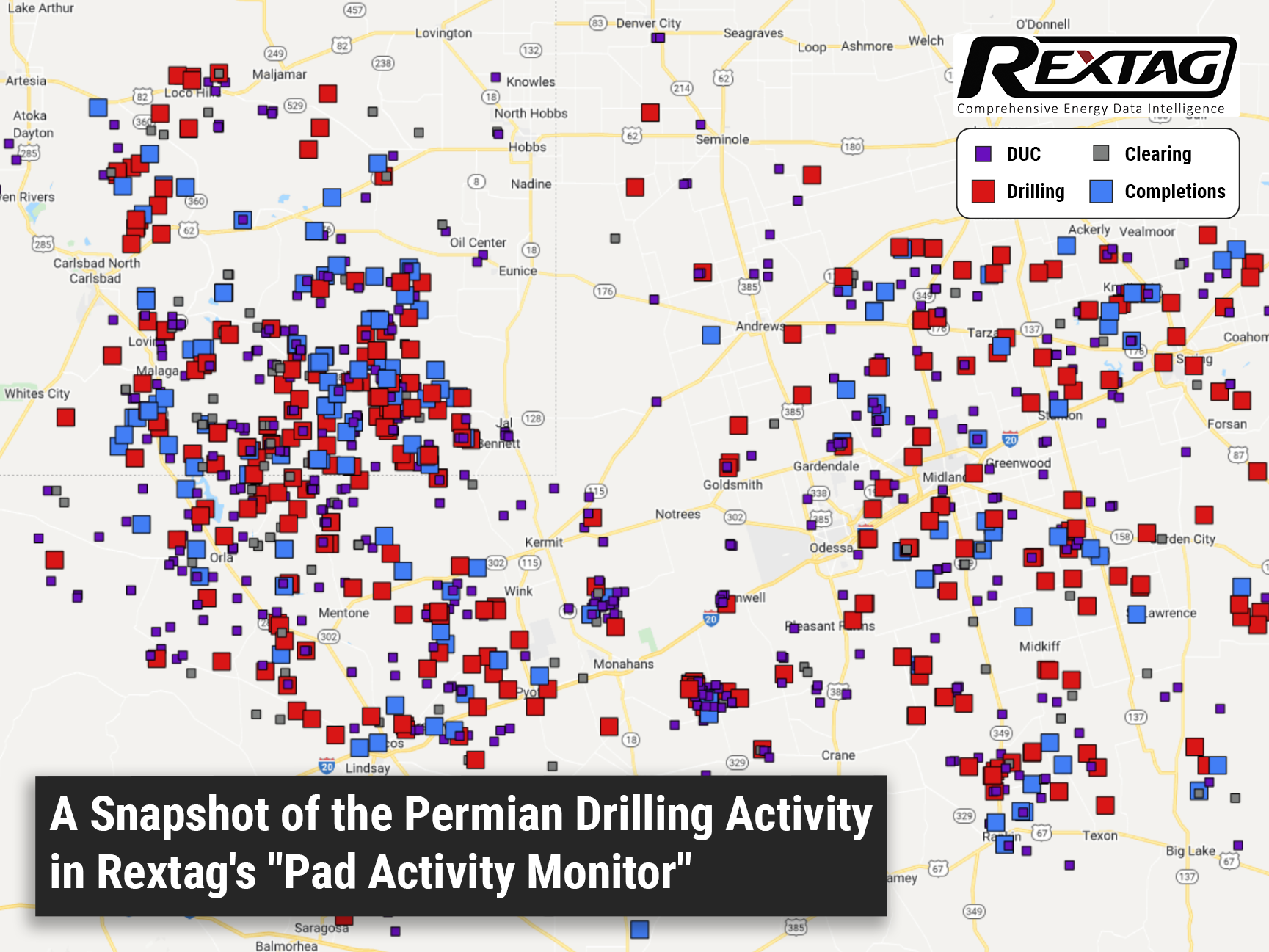In the midst of the high prices and the U.S. government's pushing, in the last week, the number of oil rigs increased by 5 and in total makes 557, its highest since April 2020, according to Baker Hughes Co BKR.N. Concerning the gas rigs, they gained 2 to 146, their highest since September 2019.
However, most shale producers preferred shareholder returns over new spending on production.
Due to the conflict in Ukraine on February 24, the U.S. government has insisted that drillers produce more oil and gas in order to reduce local prices and support other countries to avoid Russian energy dependence.
Being an early indicator of future output, the rig count climbed for a record 21 months in a row through April. Nevertheless, weekly increases have mostly been in single digits and oil production is still far below pre-pandemic record levels.
Moreover, crude production was aimed to rise from 11.2 million barrels per day (bpd) in 2021 to 12.0 million bpd in 2022 and 13.0 million bpd in 2023, according to federal energy data.
Given that this growth has been expected, recent global market changes make forecasting the output even more challenging. Learning how production will change is easier with early activity tracking, a new service recently launched by Rextag.

Rextag's Pad Activity monitor (#PAM) assists to learn about potential increases or decreases in oil and gas production months ahead of others and how potential volumes could impact storage and transportation across the Permian Basin. With the help of satellite imagery and artificial intelligence, you are able to monitor well pad clearing, drilling operations, fracking crew deployment and completions with new data collected approximately every 2 days.
The incredible first-quarter profits were reported by top U.S. shale producers that week. As oil prices churned at the highest levels in years, lots of money was poured into higher dividends and share buybacks.
A large number of energy companies are going to increase capital spending for a second year in a row in 2022 as the oil prices are up about 47% so far this year to about $110 a barrel, after soaring 55% in 2021.
The independent exploration and production (#E&P) companies intend to raise expenditures by about 29% in 2022 compared with 2021 after increasing spending by about 4% in 2021 regarding 2020, as U.S. financial services firm Cowen & Co. declared.
As a result, there is a drop in capital expenditures of roughly 48% in 2020 and 12% in 2019.
The overall amount of rigs in the U.S. would grow to an average of 684 in 2022 and 783 in 2023, due to U.S. investment bank Piper Sandler forecast. As Baker Hughes claimed that compares with an average of 478 in 2021.




